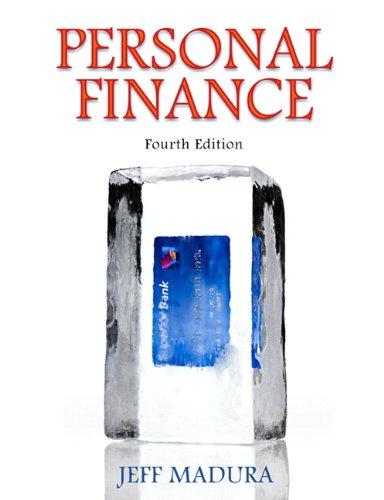Chine cost of capital 3 Identify the firm's three major capital structure components, and give their respec tive component cost and weight symbols. Why might there be two different component costs for common equity? Which one is generally relevant, and for what type of firm is the second one likely to be relevant? If a firm now has a debt ratio of 50% but plans to finance with only 40% debt in the future, what should it use as we when it calculates its WACC? Explain. -f Debt, ra(1-T) m must pay on its new debt is defined as its before-tax cost of Before-Tax Cost of timate ra by asking their bankers what it will cost to borrow or Debt, ra to maturity on their currently outstanding debt (as we The interest rate the firm 7). However, the after-tax cost of debt, ra(1-T), should be used must pay on new debt. Haverage cost of capital. This is the interest rate on new debt, I'd nat result because interest is tax deductible: After-Tax Cost of kost of debt = Interest rate on new debt - Tax savings 10.2 Debt, ra(1-T) The relevant cost of new debt taking into account the tax deductibility of =ro-rot =r0(1-T) the WACC. ment pays part of the cost of debt because interest is tax if Allied can borrow at an interest rate of 10%, and its interest; used to calculate state tax rate is 40%, its after-tax cost of debt will be 6%:? 4) Chine cost of capital 3 Identify the firm's three major capital structure components, and give their respec tive component cost and weight symbols. Why might there be two different component costs for common equity? Which one is generally relevant, and for what type of firm is the second one likely to be relevant? If a firm now has a debt ratio of 50% but plans to finance with only 40% debt in the future, what should it use as we when it calculates its WACC? Explain. -f Debt, ra(1-T) m must pay on its new debt is defined as its before-tax cost of Before-Tax Cost of timate ra by asking their bankers what it will cost to borrow or Debt, ra to maturity on their currently outstanding debt (as we The interest rate the firm 7). However, the after-tax cost of debt, ra(1-T), should be used must pay on new debt. Haverage cost of capital. This is the interest rate on new debt, I'd nat result because interest is tax deductible: After-Tax Cost of kost of debt = Interest rate on new debt - Tax savings 10.2 Debt, ra(1-T) The relevant cost of new debt taking into account the tax deductibility of =ro-rot =r0(1-T) the WACC. ment pays part of the cost of debt because interest is tax if Allied can borrow at an interest rate of 10%, and its interest; used to calculate state tax rate is 40%, its after-tax cost of debt will be 6%:? 4)







